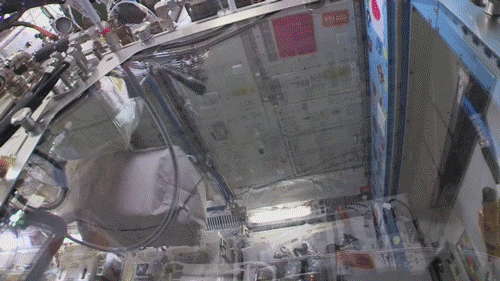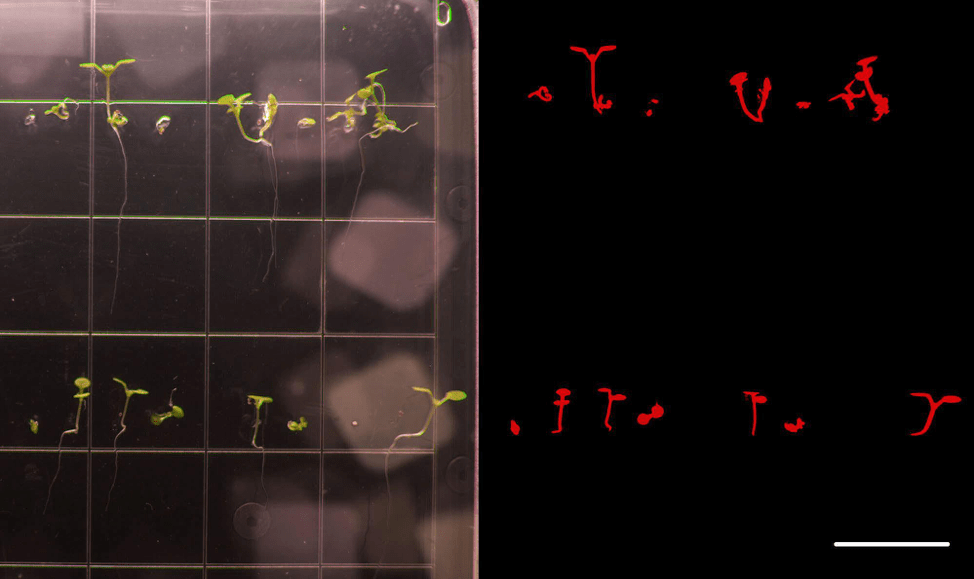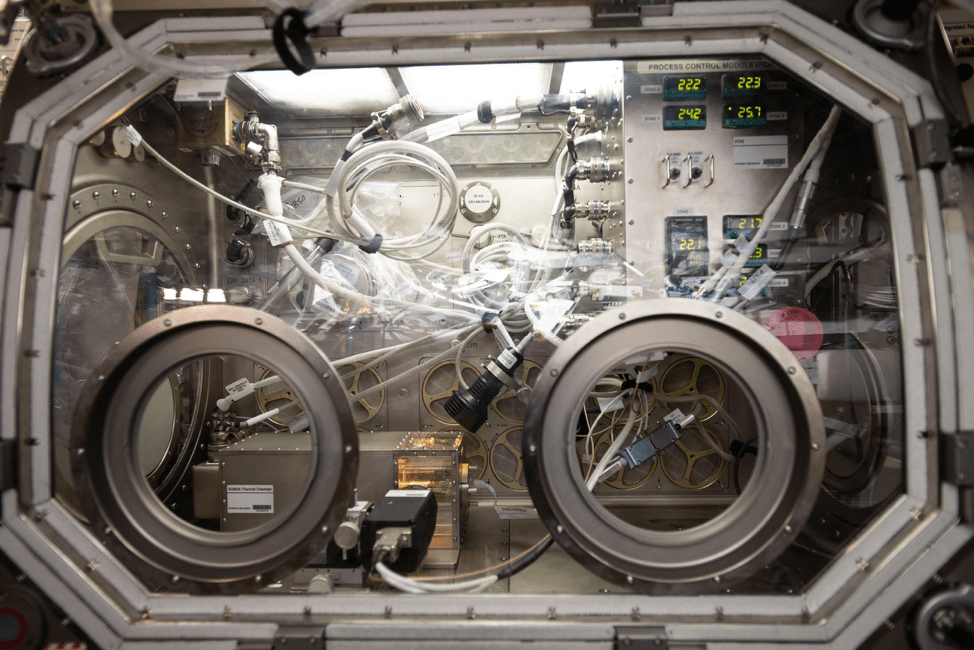Science typically begins with a question. It may be: “How will astronauts maintain a nutritious diet on long-duration missions?” Or “How can the way metals are made be improved by studying them in space?” These are just two of the questions researchers seek to answer with the upcoming launch of new research, technology demonstrations, and commercial products headed to our unique microgravity laboratory orbiting Earth.
NASA uses the spaceflight environment to further our understanding of how to successfully live and work in space. These space experiments help us understand the effects of radiation, microgravity and other factors on life and physical systems. It is also an important aspect in understanding how to sustain life on the Moon and eventually Mars.
On Thursday, October 1, 2020, at 9:38 p.m. EDT, new space experiments will launch on Northrop Grumman’s 14th commercial resupply mission for the agency to the International Space Station.
Highlights of the payloads this mission will be delivering to advance our understanding of Biological and Physical Sciences (BPS) include:
- Introducing a new crop to the space station. Researchers have conducted a number of studies on developing ways to produce food in space and help sustain crews on long-duration missions, including those to the Moon and Mars. Previous experiments have grown different types of lettuces and greens aboard the space station. The Assessment of Nutritional Value and Growth Parameters of Space-grown Plants (Plant Habitat-02) investigation adds radishes to the mix, germinating seeds to see how different light and soil conditions affect growth. This model plant is nutritious, grows quickly (roughly four weeks from sowing to harvest), and is genetically similar to Arabidopsis, a plant frequently studied in microgravity. Findings could help optimize growth of the plants in space as well as provide an assessment of their nutrition and taste. Astronauts will cultivate two crops of radishes with a goal of growing 20 plants each time.
- Advancing imaging technology. When conducting experiments in space that use organisms grown in Petri plates, collecting images of the progress is a vital capability for microgravity life science. The data from the Spectrum-001 investigation aims to improve that imaging capability and contribute to a better understanding of biological responses to the stresses of spaceflight. The capability to obtain more detailed observations using this technology could lead to more discoveries of cell and tissue functions, supporting innovations for biomedical and agricultural applications on Earth.
- Studying metals in space. The Solidification Using a Baffle in Sealed Ampoules (SUBSA) is a furnace that can heat samples up to 850°C (1562°F) for a variety of materials science experiments, and will provide researchers with a powerful tool to better understand and visualize the melting and solidification of semiconductor crystals. SUBSA is operated inside the Microgravity Science Glovebox (MSG), and 3 NASA-funded investigators have upcoming SUBSA experiments. Metal castings are made by pouring liquid metal into a mold and then cooling both the mold and liquid metal until the liquid becomes a solid part. When the metal becomes solid, a transition called solidification, the atoms arrange themselves into millions of crystals. This is a complex process that often involves changing shape from an elongated shaped crystal, called columnar, to a rounder shaped crystal, called equiaxed. This is called a columnar-to-equiaxed transition. The shape of these crystals impacts the strength and lifetime of cast parts. The goal of the Effect of Convection on the Columnar-to-Equiaxed Transition in Alloy Solidification (SUBSA-CETSOL) investigation is to improve the understanding of the columnar-to-equiaxed transition during solidification of metal alloys.
The launch carrying these exciting space experiments to the International Space Station may be visible, weather permitting, to residents throughout the mid-Atlantic region and possibly the East Coast of the United States.





























